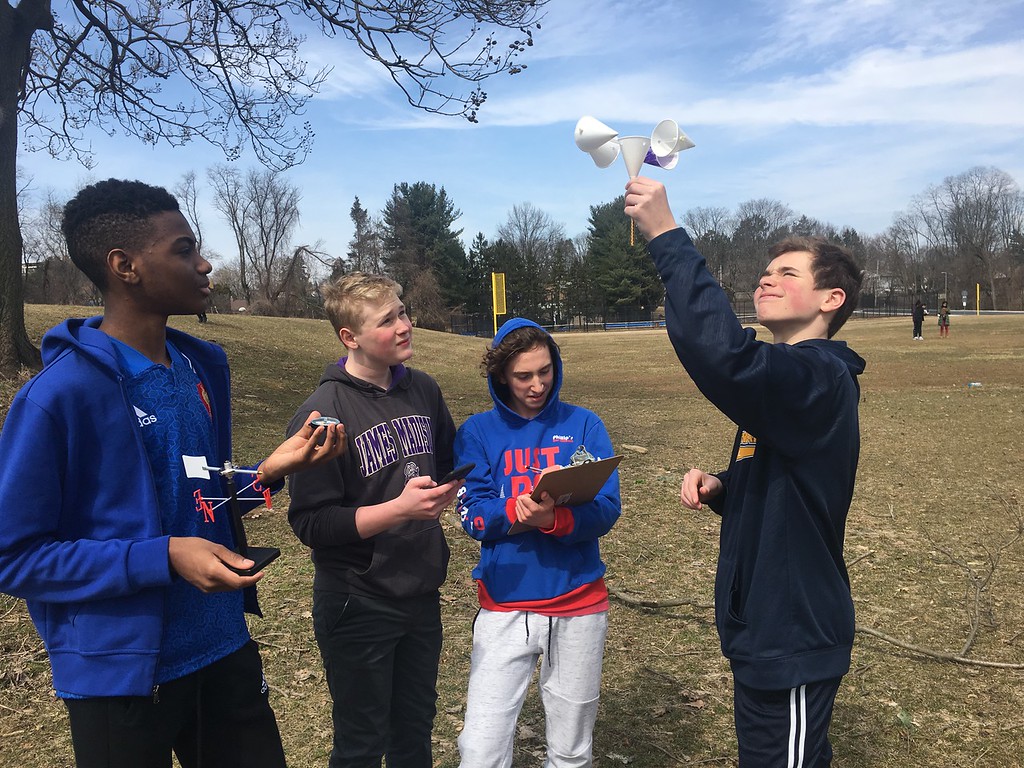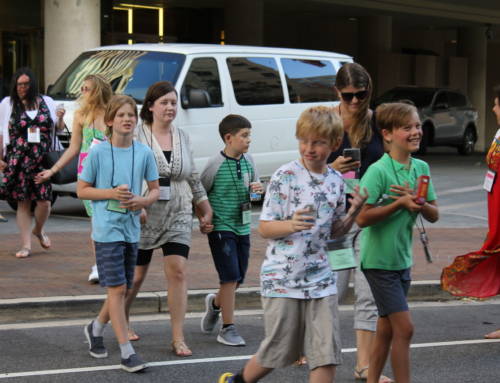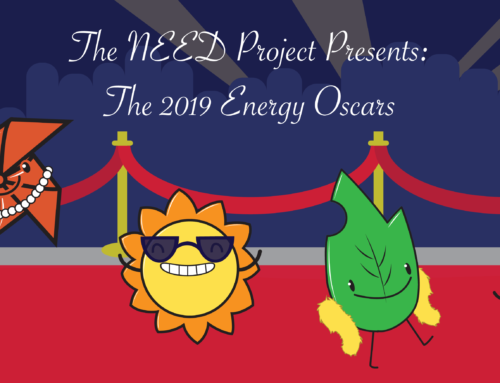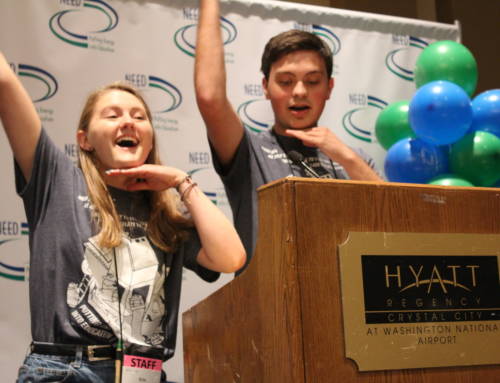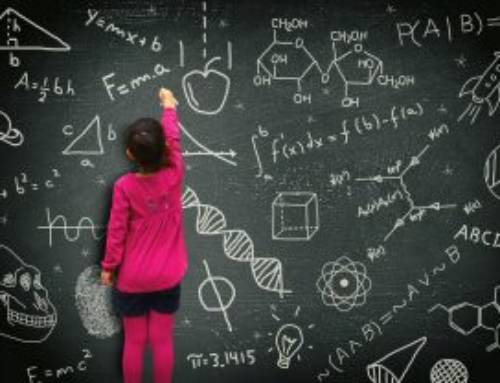At the end of the school year my high school students know energy transformations, energy sources, and electricity generation by heart. In fact, when Pacific Gas and Electric sent a team to help students conduct an energy audit, the professionals said that our students were the only students they had ever worked with who could name every form and source of energy, each transformation, and how electricity was generated.

How did I accomplish this? I first had to convince my students at the beginning of each year to want to learn and remember the energy content. I did this by introducing them to the Learning Pyramid. I have known about the Learning Pyramid, but have not had an opportunity to fully put its method into action until I began using NEED curriculum. I have grown more and more convinced that the Pyramid is representative of the belief that when Kids Teach Kids they retain and apply the content more effectively.

Designing and Building a Solar Car for the Solar Race
How does it work in my classroom? I post the Learning Pyramid Chart and refer to it during class, reminding the students that our goal is to reach the top. At the bottom of the chart is Lecture 5%, so I say to my students, “If I stand up here and lecture, you will only remember 5%. In fact, you probably wonder how you are ever going to remember everything.” Student buy-in is critical and right away they see on the chart that they will only remember 10% if they read along with my lecture. As students move up the chart, adding visuals to reading and lecture, the retention increases to 20%. This affords the students a chance to tap into their meta-cognitive skills which means they are thinking about their own learning and taking personal responsibility to examine how they learn.
Demonstrations help students remember a concept but it has been suggested that they will only remember 30%. How do I know this? When asked to explain energy transformations, or energy flow from the sun, most cannot explain the concept completely. Allowing students to discuss in groups and as a class may increase their retained knowledge up to 50%. As a teacher you will reap rewards, and they will too, by allowing them to discuss and collaborate. It is OK for a classroom to be noisy. Science and technology aren’t silent. After demonstrations and discussion about half the class can explain the energy flow well.

Using Squishy Circuits to understand series and parallel wiring
When students practice by doing, the retention can increase to 75%. Through repetition, most students are able to easily explain the energy transformation. Let your students experiment, explore and work in teams. It is more work for you to set up multiple labs, but the return on the investment of teacher time is significant. NEED’s hands-on kits (wind, solar, Science of Energy and more) come with equipment for demonstrations and experiments like the Hand Generated Flashlight that students use to see how motion energy transforms to electrical energy. Hands-on learning always requires more investment of time in the classroom, but it pays off in student performance and classroom success.
The biggest return on the investment is when students are afforded the opportunity to teach others. This is not a surprise to NEED teachers. For example, once you became a teacher, your first lecture on electrons made much more sense and led to more personal understanding. The same holds true for your students. Unless they can explain each step accurately, they do not really understand the concept. What a perfect way to assess your students on the spot! The work that goes into preparing to teach a class prepares students for energy presentations and other academic presentations they will give throughout the year. It is an effective, and fun, way to bring important concepts about energy out of the classroom and into the community. Teach each other, teach others.

Wiring together solar panels in series and parallel for the Solar Regatta
What is the gain by taking extra classroom time for every student to teach each other? A whopping 90%. I believe it! There is a great deal of satisfaction in observing them as they teach and as I assess them informally. Once students are trained in this method, they know they do not leave the classroom until they have taught others. By the time the student teams have practiced and presented lessons, they have heard the concepts better than they ever expected. Moreover, students seem to compete with one another to see who can give the best presentation! The classroom becomes a truly cooperative learning space and students all pay better attention, are more engaged and accountability and responsibility for learning skyrockets. One freshman, who was struggling to grasp a concept after several attempts to explain, finally had an AH HA! moment and said, “I will never forget this!” This is what a teacher lives for!
To embed this knowledge, I reinforce regularly in a playful way. Out of the blue I will say, “I just heard a noise outside who can trace that energy flow from the sun?” Hands shoot up as students have become very aware of energy around them.
This about this: I was talking with my niece about teaching electrolytes in my chemistry class. My niece said, “I memorized what the definition of an electrolyte was and passed my chemistry class last year, but I can’t even tell you what it is now.” This statement disturbed me. How many of us are good at memorizing facts but still don’t know how to apply that knowledge? Teach them to teach and they will never forget!
 Making lemon batteries and checking the voltage
Making lemon batteries and checking the voltage
I love the NEED curriculum. But it is only recently that I have come to realize the importance of the motto, “Kids Teaching Kids.” It was not until I had first hand experience with the Learning Pyramid that see and know how well it works.
Learning Pyramid – National Training Lab Institute for Applied Behavioral Science, 300 N. Lee Street, Suite 300, Alexandria, VA 22314. 1-800-777-5227
A guest blog by Jeannine Huffman, CTE Energy & Design Instructor, San Joaquin County Office of Education – Stockton, CA
